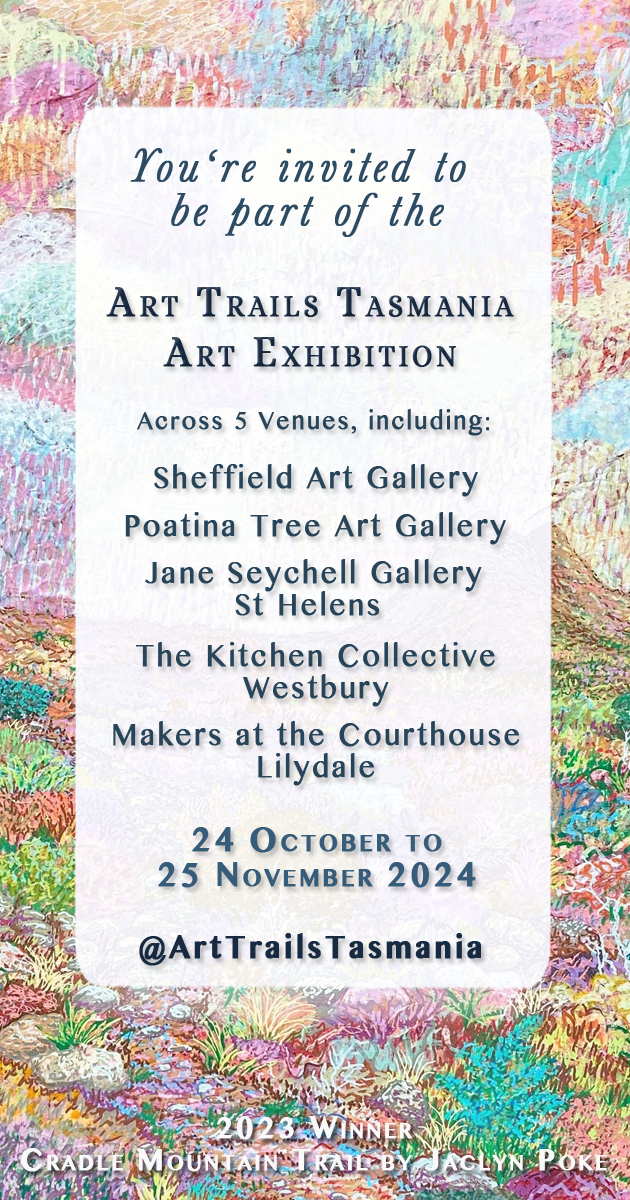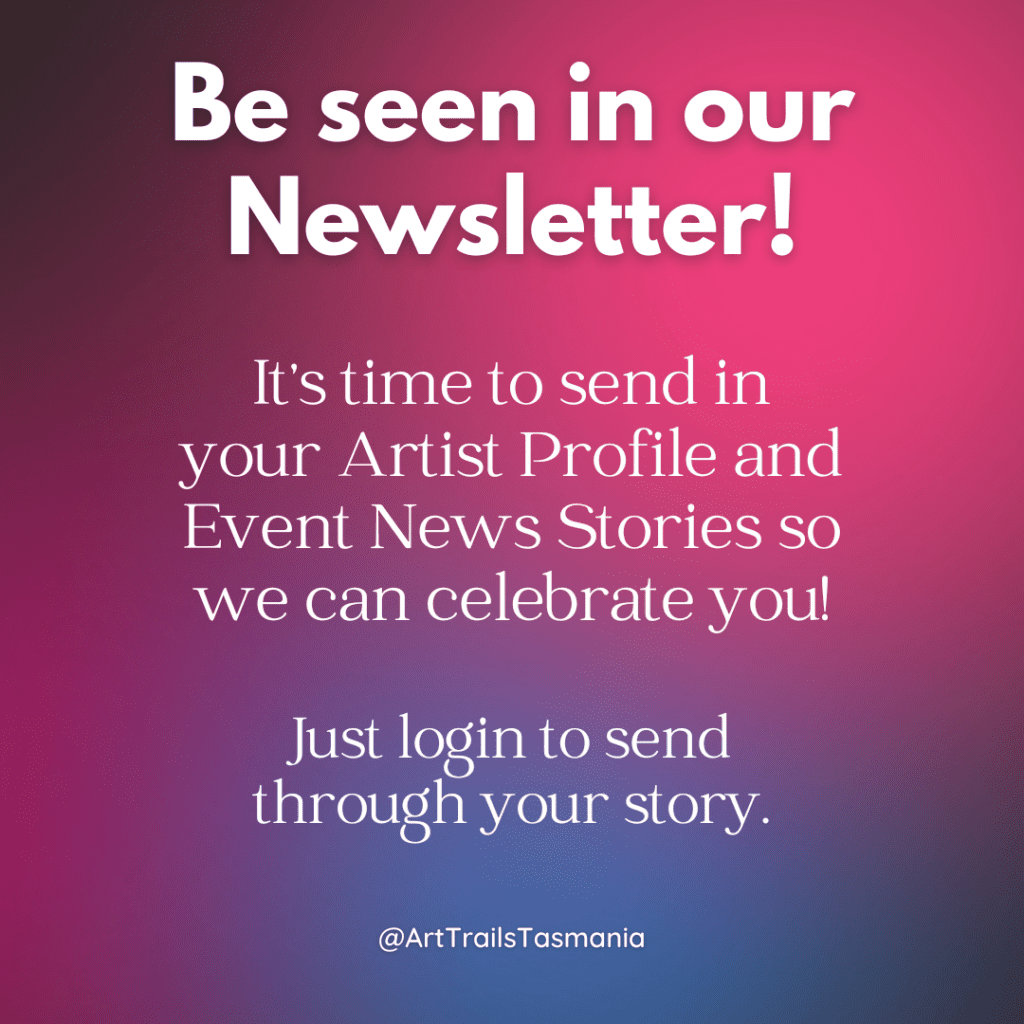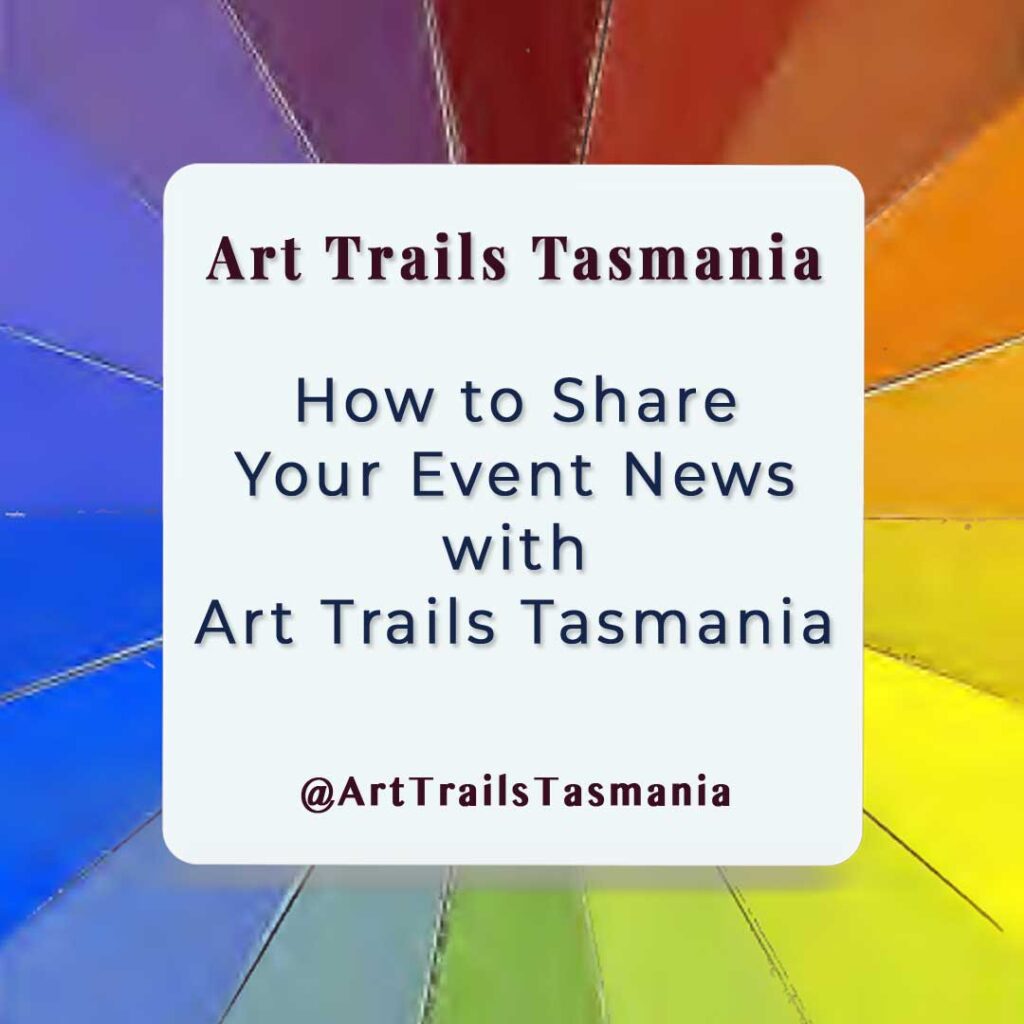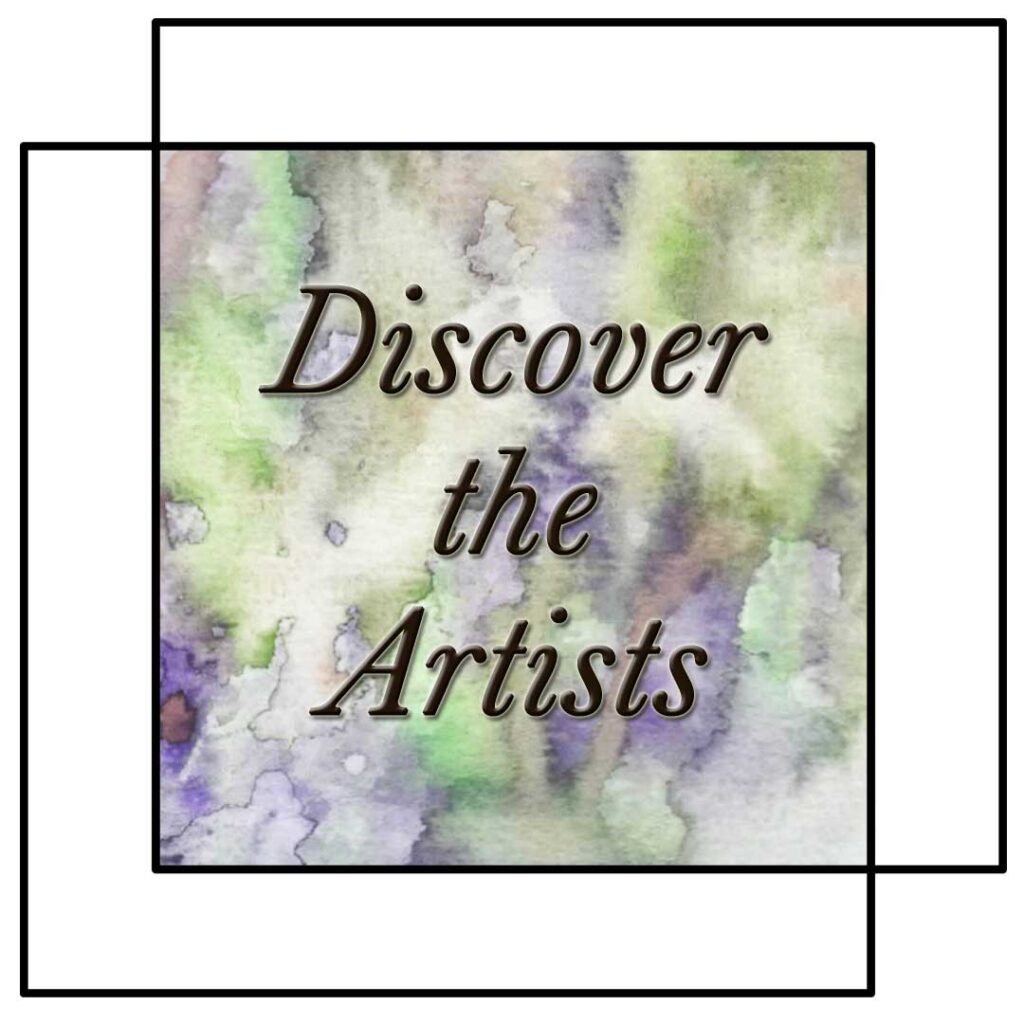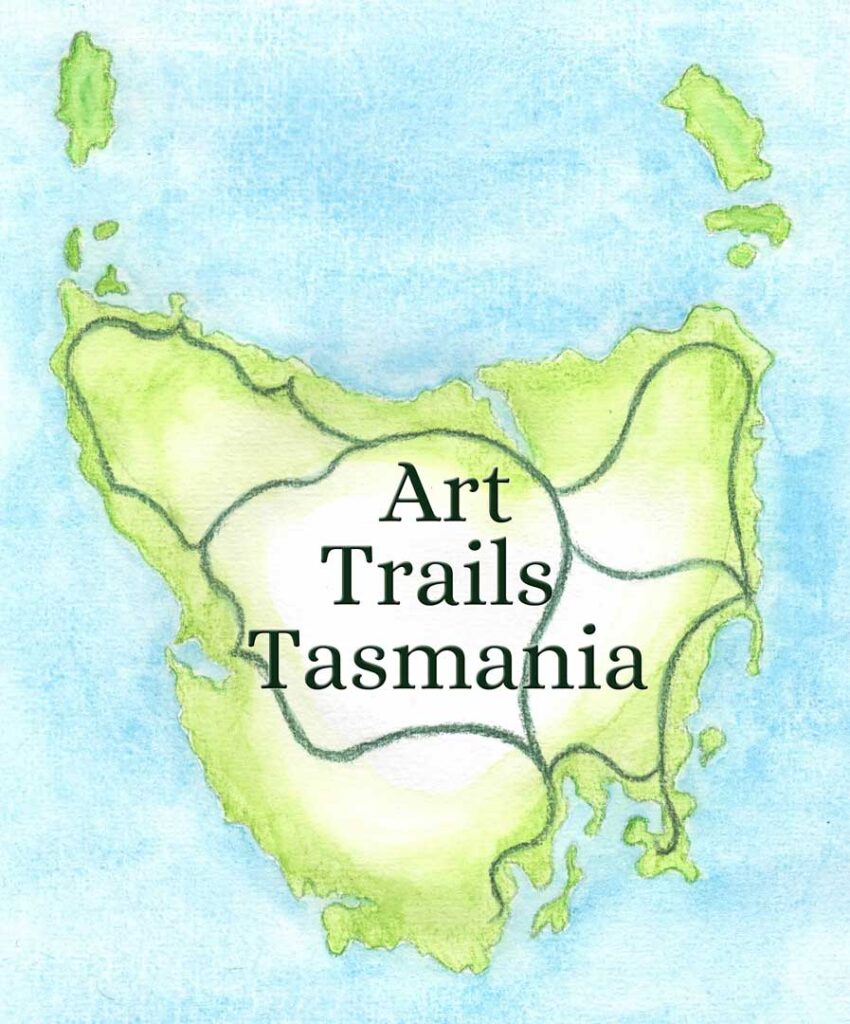How to Craft a Power Artist Newsletter
Email newsletters are digital communications sent to subscribers’ inboxes on a regular basis, typically containing updates, announcements, and exclusive content.
For artists, galleries, and creative business owners, newsletters serve as a direct and personal channel to connect with their audience, showcase their work, and promote what you are doing.
Having their own newsletter is crucial because it allows you to maintain control over your communication channels and build a loyal following independent of social media platforms like Facebook and Instagram.
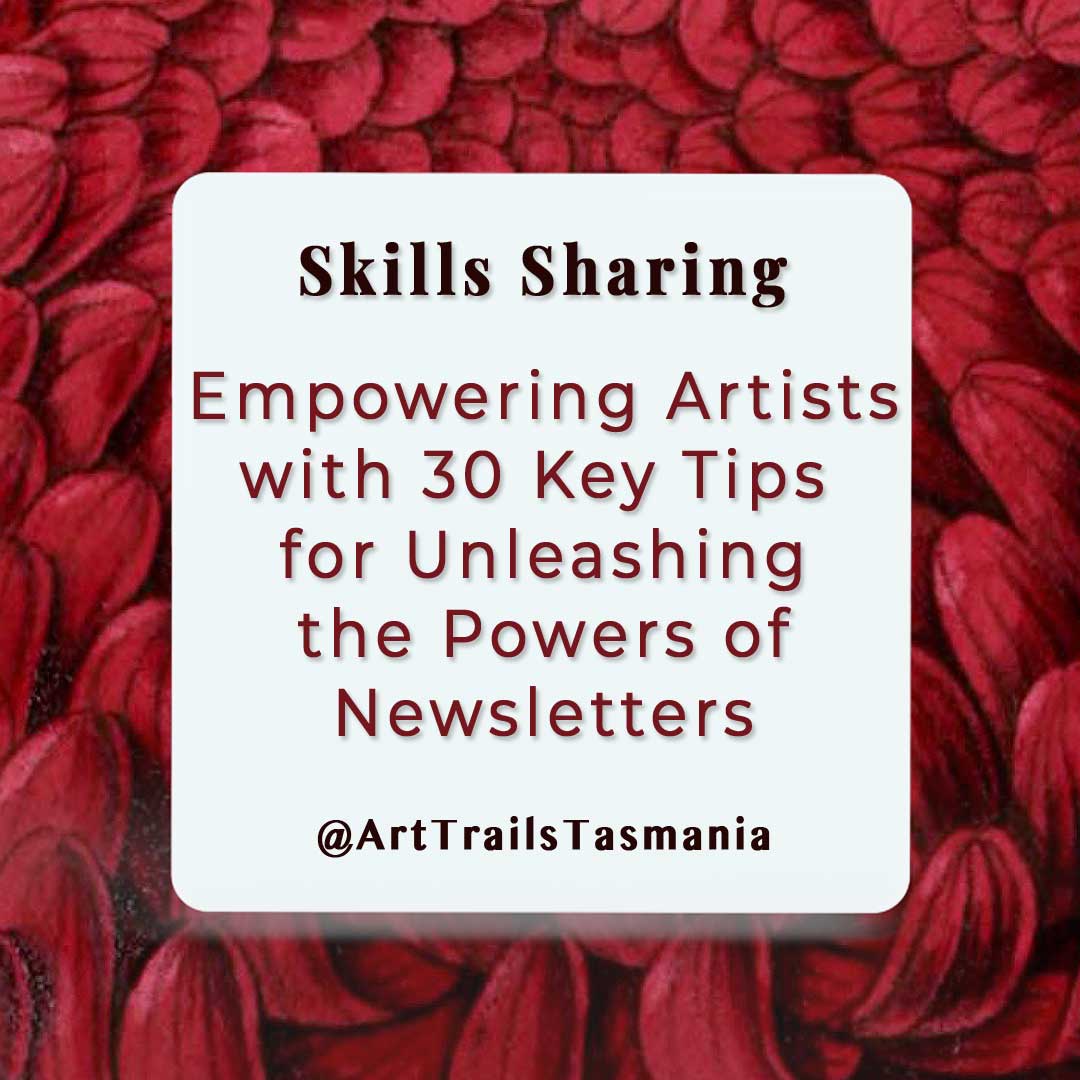
Newsletters Save Your From Being At the Mercy of Facebook and Instagram
Relying solely on social media such as Facebook and Instagram, means being at the mercy of ever-changing algorithms and platform policies, risking limited reach and visibility as well as the dreaded page deletion.
By building your own list of contacts through newsletters, you can cultivate a dedicated community, foster deeper engagement, and drive sales by nurturing relationships with your audience over time.
Newsletter Benefits
Additionally, newsletters offer the benefits of targeted messaging, analytics tracking, and the ability to deliver personalised content, ultimately helping artists and creative businesses to stand out, increase sales, strengthen brand identity, and achieve marketing goals.
The Newsletter Do’s and Don’ts
Knowing what to do and what not to do are equally important, so we’ll go through 15 things you need to do well with your newsletters so you flourish, as well as 15 things you need to avoid so it doesn’t blow up in your face.
15 Things Artists Need to Know About Newsletters
Running a successful newsletter as an artist can be a powerful tool for connecting with your audience and promoting your work.
Here are 15 things artists need to know about and do well with their own newsletter to be seen and to sell their work:
1. Consistent Branding in Your Newsletter
Ensure your newsletter reflects your artistic style and brand identity consistently. This is the marketing side, the look and feel, of what you’re doing with your creative small business, as in, selling your work.
Your readers take visual clues from every element of your newsletter, website and social media posts. So when you make them consistent, your readers can quickly feel secure and anchored with you.
2. Compelling Newsletter Content
Provide valuable content such as behind-the-scenes glimpses, artist insights, upcoming events, and exclusive offers.
In a nutshell, your audience, your buyers, supporters and enablers, are interested and curious about what you’re doing.
So share a bit, let them see the messy AND tidy work spaces, give them the opportunity to book into your workshops and art retreats, let them know about the exhibitions you’re getting involved with and give them a heads up about things before you post on the socials about it. This builds connections and relationships.
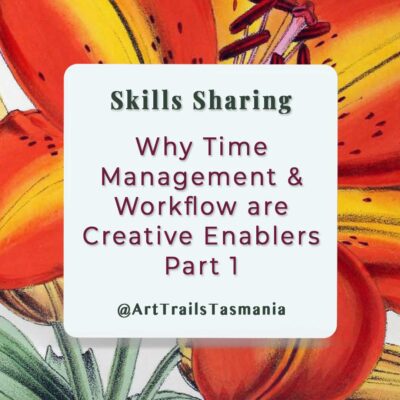
Why Time Management & Workflow are Creative Enablers Part 1
Time management empowers artists. Learn why workflow reduces overwhelm, builds clarity, protects creative energy & supports sustainable creative business success.

Why Feedback and Critique for Artists Are Vital for Growth – Part 1
Discover why art feedback and critique for artists accelerates growth, sharpens skills, and builds confidence in your creative practice.
3. Clear Call-to-Actions (CTAs) Within the Newsletter
Guide your readers on what action to take next, whether it’s visiting your website, purchasing artwork, or following you on social media.
This is very important. Rather than shying away, not wanting to put yourself forward, think instead about your supporters, they are reading your newsletter because they want to, they want to engage with you, to get involved. So tell them (politely of course, but plainly) what to do next.
4. Segmentation of Your Newsletter Subscribers
Segment your subscriber list based on interests or purchasing behaviours to send targeted content.
There are multiple levels you can get into with this, but start off with just a few, 2-3 maybe? This will let you give more specific information that meets their needs and supports your creative business goals.
5. Personalisation is Key With Your Newsletter
Address subscribers by their name and tailor content based on their preferences whenever possible. I’ve learnt that having the first name of my reader in the subject line of the newsletter and at the top of the newsletter itself helps with increasing how many people open my newsletters.
The newsletter providers all have this facility available and it is as simple as inserting the first name field.
6. Engagement Strategies to Connect With Your Newsletter Readers
Encourage interaction by asking questions, running polls, or featuring user-generated content. I’ve consistently been happily surprised by how readers reply to me when I ask questions, like, what do you want to know more about etc.
7. Mobile Optimisation So Your Newsletter Is Easy To Read
Ensure your newsletter is optimised for mobile devices since many users read emails on smartphones. This is also very true for your website as well as the graphics you use on your social media platforms with the much smaller screens that your followers and readers are viewing your work on.
8. Consistent Schedule for Your Newsletter
Stick to a regular newsletter schedule to keep your audience engaged and anticipate your updates.
This is really important, consistency makes most people feel more confident about who they are interacting with.
Plus, it presents you as being organised and reliable, even if you’re not feeling particularly organised.
When I was figuring out the timing for the Art Trails Tasmania Members’ and Community Newsletters I realised I needed to be more organised so I had a look at a Planner (an A2 one with a month to a sheet) and started plotting out what was on and when. This let me plot out a consistent schedule that I could work to.
I then went through and updated my diary planner with the newsletter publication dates as well as the timing I needed to get the content, the stories ready by.
While this did take a bit of time to figure out the schedule and then update my diary, it has made the world of difference for staying on track and consistent. It also helps me see my work loads much more easily.
10. Newsletter List Growth Strategies
Implement tactics to grow your subscriber list such as offering incentives or collaborating with other artists or platforms. The “8 Exciting Tasmanian Artists and Their Sources of Inspiration” eBook and the 20% off membership coupon are examples of newsletter database growth strategies.
I promote these across the socials on a regular basis to a targeted group that I’ve set up in Meta and the Community newsletter list is constantly growing. Do not use the suggested audiences by Meta as they get it wrong. For example, they have suggested that I should pay Meta to promote my arts based newsletter to football audiences. Now, while I know a number of my members like their football, I also would be dumb to spend precious money on advertising an arts focused newsletter to them.
11. Clear Value Proposition for Subscribing to Your Newsletter
Clearly communicate the benefits of subscribing to your newsletter and what subscribers can expect.
This is why the majority of newsletter signup offers include a discount code and a description of what the newsletters contain.
When planning out your newsletter, you’ll need to decide on the content that you’ll include in it and as it is focused on what will resonate with your readers.
This is also part of your value proposition (aka, what is of joy for your readers).
For example, with the Art Trails Tasmania Community newsletter the value proposition includes the gift of an artist ebook that is about artists and their inspiration, a 20% off discount coupon for membership, as well as the regular stories such as the Skills Sharing series, Members Only stories (a deeper level of information that’s of reward for members), Creativity Calendar stories plus the event news and profile stories sent in by members.
While I can’t control the number of members’ stories that are submitted each month, I write the other key stories so I know I always have quality content for the newsletter.
While the making of the ebook was a learning curve and took longer than I anticipated (new things always do!), it has been a really good thing to do.
It doesn’t have to be as big as a 40+ page ebook that takes weeks to create, it can be as simple as a single page PDF with art tips.
12. Analytics Tracking For Your Newsletters
Monitor metrics like open rates, click-through rates, and conversions to understand what content resonates with your audience.
The Art Trails Tasmania Community newsletter has an average open rate of over 65% (while the comparable industry open rate average is about 24%).
This tells me that I am promoting my newsletter to the right demographic, the people interested in the arts and Tasmania, that they are enjoying the content (because they keep opening the newsletter) and that they are engaged with what is being shared with them.
If my average open rate was something like 10% then I would have to be radically overhauling my entire strategy, from content to promotion and every thing in between.
I’m using Mailerlite and the newsletter reports let me see all of these details.
Any of the newsletter providers like Mail Chimp, aweber, Constant Contact do, I’ve used these three previously over the years and while I’ve decided not to use them any more (for reasons such as cost, functionality and usability), they all show you these metrics.
I am enjoying using Mailerlite and it has functionalities that its competitors don’t have and is far better priced.
13. Email Automation to Support Your Newsletter
Use automation to send personalised messages based on subscriber actions, like welcoming new subscribers or following up on purchases.
This is a very important process to set up and thankfully, it doesn’t take long to set up. The key is in the planning.
I have a four part welcome tour automated email sequence for new subscribers.
In the first email, I send the Artist eBook and the discount coupon and start the tour around the website.
It is important to me to have our readers easily finding the great content, particularly the event news and profile stories.
Plus, it is about relationship and trust building.
While my focus is on celebrating the Art Trails Tasmania members, having the newsletter subscribers feel safe and happy with interacting with the newsletter and website is really important too.
14. A/B Testing For Your Newsletter
Experiment with different subject lines, content formats, and CTAs to optimise your newsletter for better engagement.
I would be remiss not to include this sage advice, but to be fair, I haven’t got to the stage of doing this.
The reasons for doing this kind of testing is that you learn more about your audience, what they engage with, what appeals and what doesn’t.
If your open rates and click through rates are low, and you want to figure out what is happening and how to improve, then A/B testing would be a great way to start to understand what your readers want.
There are many serious email newsletter marketers who would always do A/B testing for every newsletter campaigne they send out.

Emma Pilgrim Reveals Charity Collaboration as Artist Supports Wildlife Conservation
Charity collaboration has shaped Tasmanian artist Emma Pilgrim’s return to painting, driven by wildlife care, creativity & a deep commitment to meaningful impact.

Art, Flow & Purpose: Meg Shaw’s Creative Journey
Meg Shaw shares how art brings her joy, purpose and freedom. Inspired by Tasmania’s beauty, she finds creative flow and self-expression through painting.
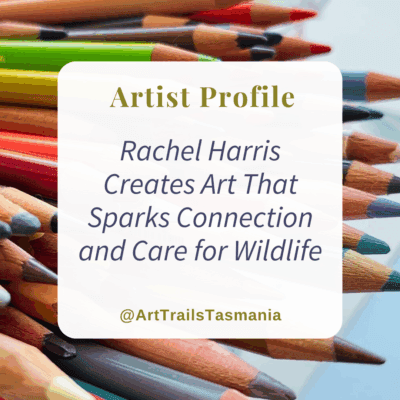
Rachel Harris Creates Art That Sparks Connection and Care for Wildlife
Be inspired by the detailed wildlife art by Rachel Harris as she shares her inspiration, passion for wildlife and creativity in her Artist Profile story.
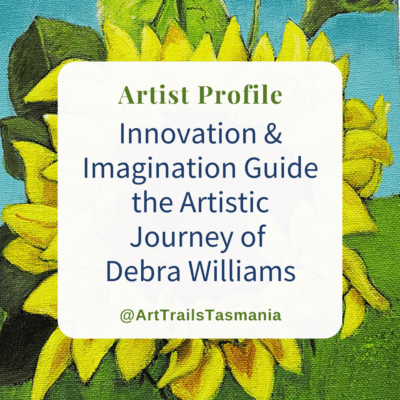
Innovation and Imagination Guide the Artistic Journey of Debra Williams
Be inspired by the artistic journey of Debra Williams as she challenges her own creative growth and finds joy through out.
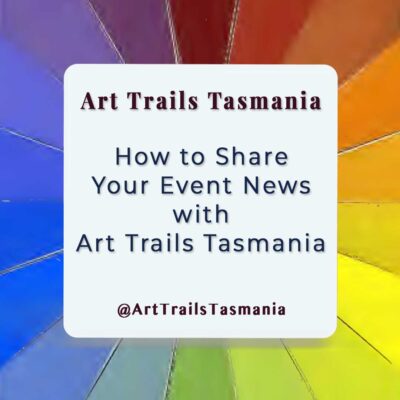
How to Share Your Event News with Art Trails Tasmania
Discover the art of sharing event news effectively with Art Trails Tasmania! Empower Tasmanian artists and reach eager audiences with ease.
15. Compliance with Newsletter Regulations is Really Important
Ensure your newsletter complies with relevant regulations such as GDPR or CAN-SPAM to protect subscriber privacy and avoid legal issues.
Arguably, this should be the very first tip in this list because of how very important it is.
The basics of it is NEVER add a subscriber to your list without their express permission. Even if they have emailed you (about anything) this is NOT permission to add them to your newsletter list.
If you do add them simply because they have emailed or messaged you directly you are breaking the law. Plus, you damage that relationship, readily increase your spam reports (because you are spamming them as you don’t have their express permission to be added to your newsletter list), and increase your unsubscribe numbers.
The newsletter providers, eg. Mailerlite etc, can easily tell by the statistics of spam reports and unsubscribe who is breaking the law and they don’t want emails sent from their systems to be labeled as repeat offenders. So they will block you, wiping out your valuable list.
15 Things to Avoid with Newsletters
It is just as important to know what behaviours or features you need to avoid.
1. Overwhelming Frequency
Avoid bombarding subscribers with too many emails, as this can lead to unsubscribes or disengagement.
I think we have all experienced receiving way too many emails from someone who we were initially interested in but became overwhelmed by what feels like a constant bombardment. The solution then is to unsubscribe.
Plus, it is a lot of work to be constantly creating newsletters every week.
So find the frequency that works for both you and your readers.
2. Generic Content in Your Newsletter
Steer clear of generic content that doesn’t provide value or showcase your unique artistic voice. Just think of the difference between a cheap print bought from a place like K-mart that is simply destined to be landfill versus a quality piece of art that has meaning to it.
Don’t be K-mart, that isn’t want your audience wants. If they did, they’ll be signed up for K-mart’s newsletters, not yours.
You don’t have to have a lot of content that is overwhelming for you to create. You just need to figure out what your audience is engaging with.
Your social media posts will help with this. Which posts get the most engagement from the followers who support you with likes, comments, shares and become buyers?
This sort of content is seen by your desired audience as being quality content.
3. Too Much Text In Your Newsletter
Avoid long, unbroken blocks of text; use visuals and bullet points.
People just won’t read big blocks of text, especially when they are reading your newsletter on the small sized phone screen.
Instead, have a call-to-action to read more on your blog.
This also works out well for all who don’t want to write much and would prefer to have lots of images in their newsletter.
4. Poorly Designed Newsletters
Avoid cluttered layouts or unprofessional design that can detract from your artwork and brand image.
This is really important. We’ve all seen and struggled with bad design, from websites to newsletters to graphics that are too hard to read or understand on the socials (just think of how small a phone’s screen is).
And we’ve all enjoyed a beautifully designed website and newsletter. These well designed tools make it easy for us to engage with, follow the call-to-actions, find out what is happening and to get around.
Fortunately the solutions are quite simple with the templates that are provided, often for free in the first 14-30 days on the free plans.
5. Spammy Language
Refrain from using spammy language or aggressive sales tactics that can turn off subscribers.
So don’t USE CAPITALS AND YELL AT YOUR READERS because it turns people off, is hard to read properly and looks dreadful. You might think it is a great way to grab attention but it isn’t.
There is a big difference between a well crafted call-to-action and full on sales tactics, it comes down to trust and respect.
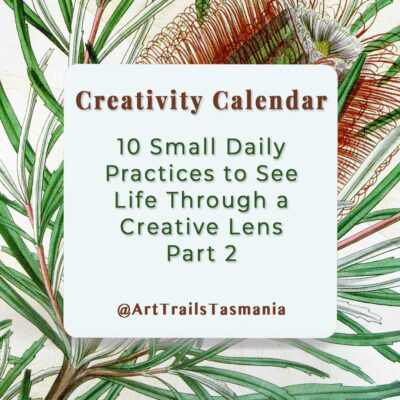
10 Small Daily Practices to See Life Through a Creative Lens Part 2
These 10 small daily practices help you build a creative life through observation, journaling, movement, & play, transforming everyday routines into artful joy.
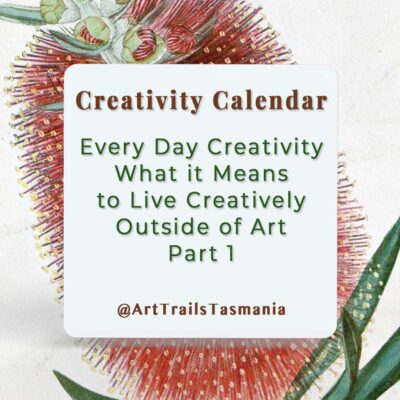
Every Day Creativity & What It Means to Live Creatively Outside of Art Part 1
Discover every day creativity beyond art and craft. Learn how living creatively transforms daily life for artists, makers, designers, and curious minds.
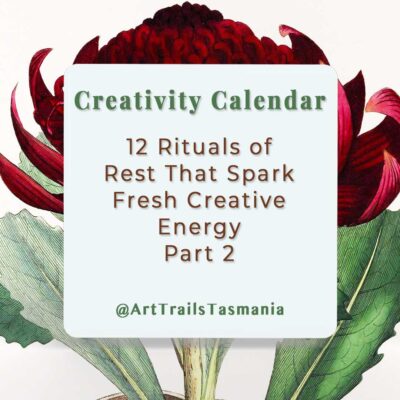
12 Rituals of Rest That Spark Fresh Creative Energy Part 2
Explore 12 rituals of rest that spark fresh creative energy. Embrace how rest fuels creativity and supports joyful, sustainable practice.
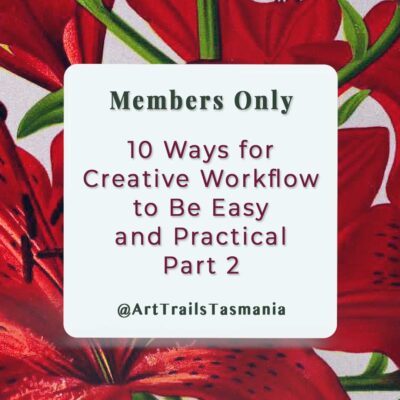
10 Ways for Creative Workflow and Time Management to be Easy and Practical Part 2
Time management for creative small businesses. Practical studio planning, batching tasks & routines that support making, marketing, rest & sustainable growth.
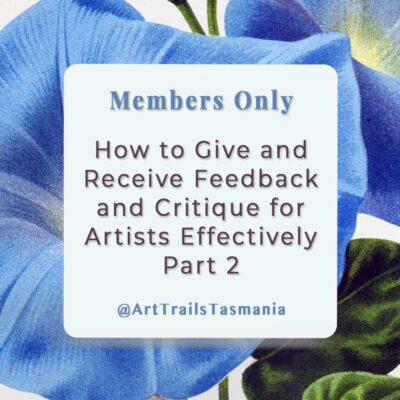
How to Give and Receive Feedback and Critique for Artists Effectively – Part 2
Learn practical ways to give and receive art feedback and critique for artists, with 10 tips to improve skills and nurture creative growth.
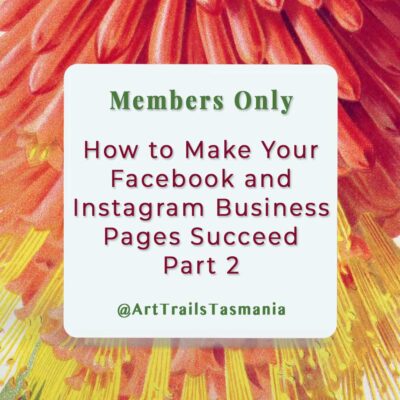
How to Make to Your Facebook and Instagram Business Pages Succeed – Part 2
Learn how to make your Facebook and Instagram business pages thrive. Get 8 practical tips for each platform to grow thrive, & promote your creative business.
6. Irreverent Newsletter Content
Only include content that is relevant to your newsletter audience.
So if they have signed up to an artist’s newsletter that has said it is about insights, behind the scenes, upcoming events, latest works etc, don’t include other content, such as political statements, religious content, updates about family and friends, rants, jokes, etc as this has nothing to do with art and may only get you unsubscribes.
7. Ignoring Feedback About the Newsletter
Pay attention to subscriber feedback and adjust your newsletter strategy accordingly to better meet their needs.
Feedback can come via emails responding to your newsletter, comments on your socials, an uptick in unsubscribes, messages via the socials. Listen to this feedback. If someone is taking the time to politely communicate with you about something they want to see done differently take heed.
We all get those nasty troll like creatures who want to mess with strangers and they are to be ignored and blocked.
You can tell the difference because one lot are polite and the other is nasty.
8. Poor Grammar and Spelling In Your Newsletter
Always proofread your emails to avoid errors.
Fortunately most online tools now are setup with spell and gramma check.
The key is to actually read over your newsletter content slowly so you can pick up the errors. It is important because you want to respect your readers and you want them to respect you too.
9. Ignoring Broken Links in Your Newsletter
Ensure all links are correct and working.
The easiest way to do this is to send yourself a test version of your newsletter and to actually click on every single link, even if you’ve copied and pasted the same link to both the image and the read more button.
10. Not Using Alt Text For Your Newsletter Images
Include alt text for images to improve accessibility.
This is also important for the times when the images aren’t downloading properly (or has been turned off) as the alt text is shown instead.
11. Using Too Many Fonts In Your Newsletter
Stick to one or two fonts to maintain a professional look.
Fonts are a big thing as they are so very important for communicating clearly from you to your readers.
There are always a collection of fonts that are designed purely to look pretty and have nothing to do with being easily read. Only use these fonts when what you are saying, trying to communicate to your precious audience, is a waste of time.
Instead, pick fonts that your audience can easily read and engage with, that reflect your style and enhance your efforts, because, let’s be frank, you are putting a heap of work into creating a valuable resource for you and your income with all of this newsletter work.
12. Heavy Images Don’t Download Easily For Newsletters
Avoid using large images that can slow down loading times.
The solution is as simple as optimising your images for online use, so a 72 dpi rather than a 300 dpi.
From experience, the newsletter providers don’t allow you to upload heavy/big images anyway. Plus, it is quite hard to get a good print of a small 72 dpi image whereas 300 dpi images are optimised for printing.
13. Ignoring Newsletter Trends
Stay updated on email marketing trends and best practices to keep your newsletter strategy relevant and effective.
This can mean subscribing to a handful of e-mail newsletters that you find interesting, well designed and engaging.
We have all seen websites that were designed 20-40 years ago that look very dated now, are hard to navigate and we leave quickly. The same is true for newsletters.
Fortunately, the solution also lies with using the free templates that the newsletter providers have available.
14. Ignoring Newsletter Deliverability Requirements
Pay attention to factors affecting email deliverability, such as spam filters and sender reputation, to ensure your newsletters reach subscribers’ inboxes.
Gmail, Hotmail, Outlook, Bigpond etc all have sender reputation problems because of spammers and scammers, hence the newsletter providers don’t like you using them as it also affects their business.
The simple solution is to register a domain name for your website and setup an email address specifically for your newsletters, eg. newsletters@mywebsite.com.au
You can easily increase your open rates by looking after your deliverability requirements.
15. Lack of Testing of Your Newsletters
Don’t assume your newsletter strategy is perfect; regularly test different elements to optimise performance and engagement.
This is really important, especially as your newsletter list grows as you’ll have a more diverse range of subscribers.
It is also a lovely way to explore various ideas from lessons learnt over time.
Making These 30 Strategies Work For Your Newsletter and Flourishing
By focusing on these strategies and avoiding common pitfalls, you can can create newsletters that effectively engage your audience, showcase your work, and drive sales.
Implementing the 15 tips on what to do will help artists build a strong connection with their subscribers, while steering clear of the 15 mistakes will ensure the content remains professional and appealing.
With a well-crafted newsletter, artists can keep their audience updated, share their creative journey, and promote their art, ultimately leading to a loyal and supportive community and increased sales opportunities.
Start refining your newsletter today to achieve these benefits!

Fusion – Combining Paper with Fibre with Eszter Bornemisza Workshop
Explore layered histories in this textile art workshop, using paper, fabric, and stitch to create translucent collages inspired by your environment.
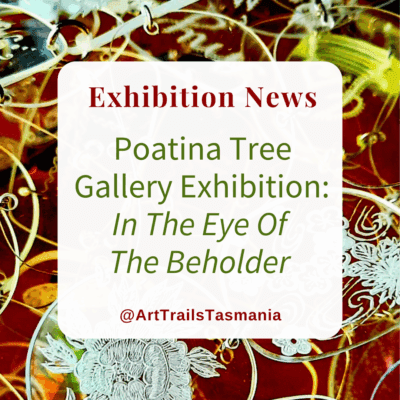
Poatina Tree Gallery “In the Eye of the Beholder” Exhibition
Experience an abstract art exhibition at Poatina Tree Gallery, where creative, surprising works inspire all ages to see landscape and materials anew.
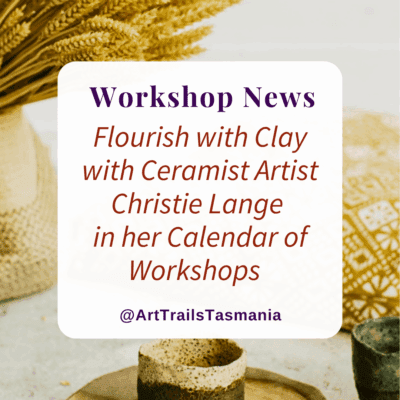
Flourish with Clay with Ceramist Artist Christie Lange Calendar of Workshops
Learn from award winning ceramist artist Christie Lange in her exciting calendar of workshops in beautiful Binalong Bay in Tasmania’s stunning north east!
Read the Latest Blog Stories and Flourish…
10 Small Daily Practices to See Life Through a Creative Lens Part 2
10 Creative Daily Practices to Make Your Own The creative spirit and creativity are not reserved for special moments or formal art-making; it can be nurtured every day through intentional, small practices. For makers, artists, and craft lovers, cultivating every day...
Emma Pilgrim Reveals Charity Collaboration as Artist Supports Wildlife Conservation
Art & Conservation Chairty Collaboration Charity collaboration sets the tone for Emma Pilgrim’s story, which was partly inspired by our Explore Charity Collaborations for Community, Growth and Connection – Part 1andPart 2 features. After returning to watercolour...
Fusion – Combining Paper with Fibre with Eszter Bornemisza Workshop
Textile Art Workshop to Inspire & Delight 2026 is kicking off our workshop year hosting the internationally famous Eszter Bornemisza with her fabulous experience in combining textiles and paper in interesting ways in art works. Her workshop coincides at Moonah...
10 Ways for Creative Workflow and Time Management to be Easy and Practical Part 2
Creating Making Time with Time Management Time management becomes genuinely useful only when creative people shape practical workflow systems that match their personalities, schedules, responsibilities and income streams. In this second part of the series, we focus...
Why Time Management & Workflow are Creative Enablers Part 1
Creating More Time for Making with Time Management & Worksflows Time management may feel counterintuitive to creative people, yet effective organisation genuinely frees artists to produce richer ideas, finish projects and build sustainable creative businesses. ...
Every Day Creativity & What It Means to Live Creatively Outside of Art Part 1
Allowing Every Day Creativity Creativity is not confined to the studio or the sketchbook; it can be woven into every part of life, both ordinary and extraordinary. For makers, artists, and curious spirits, embracing every day creativity offers a chance to infuse...
Poatina Tree Gallery “In the Eye of the Beholder” Exhibition
Explore the Poatina Tree Gallery Abstract Art Exhibition Art is explored through playful abstraction in this engaging exhibition, featuring everything from expressive paintings to thoughtful ceramics and sculptural forms crafted from reclaimed objects. It’s a space...
Art, Flow & Purpose: Meg Shaw’s Creative Journey
Joy and Purpose Through Art for Meg Shaw Art brings me joy. I particularly love being in the 'flow' state of creation – when I'm absorbed in the moment - so much so, I have no sense of time. Another aspect that's engaging for me is being able to express myself in an...
How to Give and Receive Feedback and Critique for Artists Effectively – Part 2
Turning Insight into Action Art feedback and critique for artists isn’t just about understanding why feedback matters — it’s about learning how to make it work for you. In Part 1 of this series, we explored the emotional and creative value of critique: how it builds...
Read What Our Members Say About Belonging
Join the growing, supportive artists community today and have your Artist story told here.
Belinda is doing a great job creating a professional looking artist hub online. Check out the profile I posted recently to see how well she does them. To all my artist friends let’s help make this THE go to place to discover local artists.
You won’t regret joining Art Trails Tasmania . It’s a welcoming community for creatives at any career stage.Becoming an Art Trails Tasmania member wasn’t a hard decision for me to make as it’s such a wealth of knowledge and support.Being member provides a quality way to showcase your creative endeavours and it’s quickly growing in reach.
We operate a home based picture framing business and recently joined Art Trails Tasmania as a means to giving us exposure to the wider artist community. We have almost immediately seen increase in activity thru our online sites, which I am certain will lead to more opportunities to grow our business.

